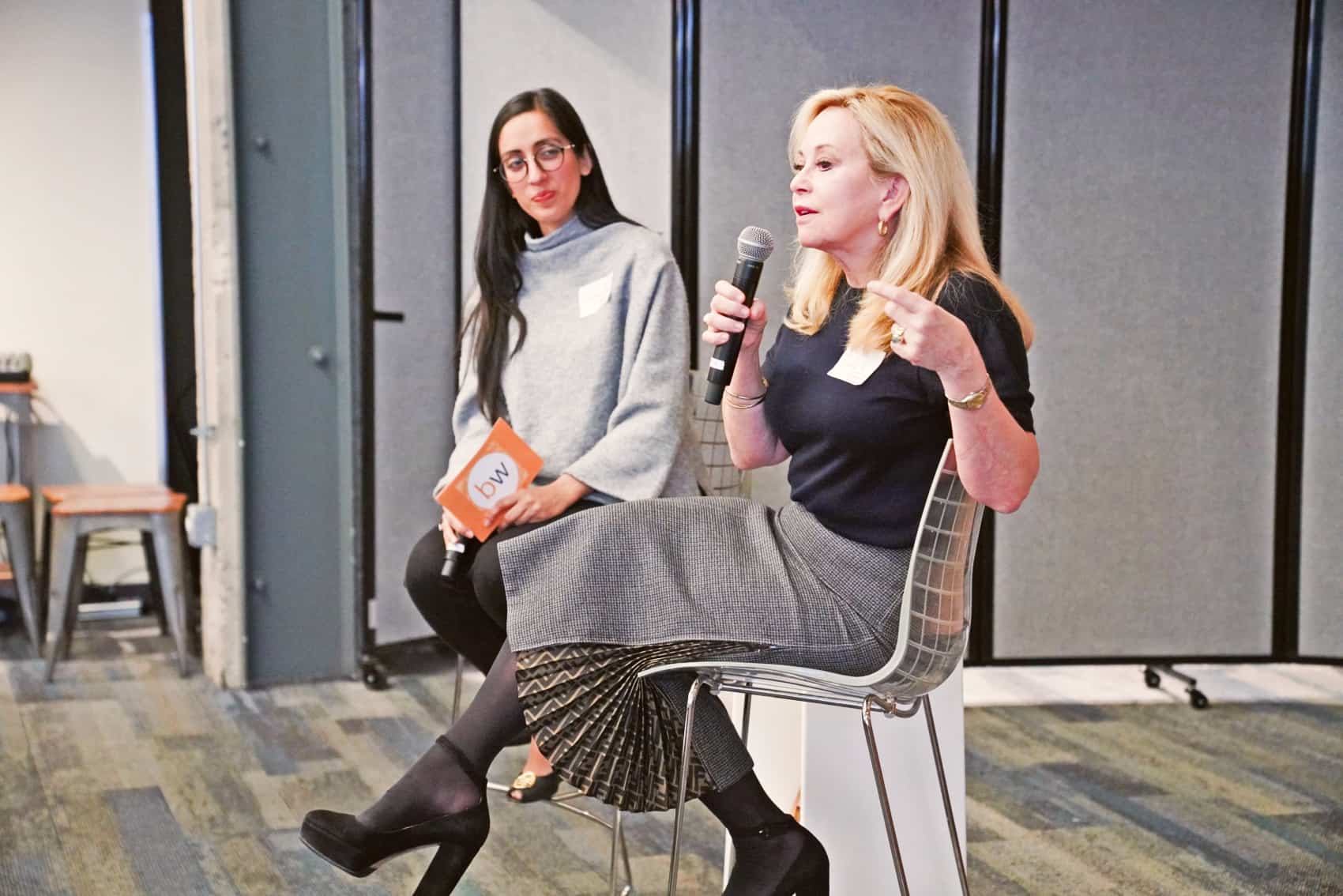In 2000, Julie Wainwright had one of the worst days of her life. Not only did her husband request a divorce, but she also realized she’d have to cease operations of the e-commerce business she was the CEO of—Pets.com—and layoff 255 people. For a few years after Pets.com officially closed its doors, Wainwright first focused on herself, then took a job in venture capital. She was offered a few CEO roles, but none of them were a good fit.
Wainwright knew she wanted to get back into e-commerce. And she realized that, in order for that to happen, she’d have to take action herself. So, in 2011, she opened up her company—The RealReal, an authenticated luxury consignment e-commerce business. Today, she’s the CEO and has 2,000 employees. As of late 2018, The Real Real had nine million members, sold over eight million items, and had an estimated annual revenue of $500 million. It’s clear that Wainwright knows what she’s doing when it comes to e-commerce, so we asked her about how she broke into the industry.
When you decided you wanted to get back into e-commerce, where did you start?
I did a map of Amazon and what their strengths and weaknesses are. Amazon rules the day, but despite that, there are still opportunities. Amazon can’t do everything. What I determined while making my map is that they’re just not good at luxury. They’re an amazing company, but luxury was something they couldn’t create. I knew I didn’t want to create my own luxury brand, though, so I just let the idea sit until I found inspiration.
Where did you get the inspiration for your specific e-commerce business?
I got my inspiration while shopping with a girlfriend. We went into a beautiful boutique, and they had a little luxury consignment section at the back. That’s where she focused her shopping. And this is where the light went on—because I knew her. I knew she’d never walk into a consignment store, so I had no idea she’d ever bought any consignment. So when she made her purchase and walked out, I asked, “Why did you buy this? Have you ever shopped at eBay? Would you ever go in a consignment store? What was different here?” The reason she didn’t shop at eBay was because there are too many fakes. And the reason she wouldn’t walk into a consignment store is because it’s just not the shopping experience she wants. At that moment, I realized there was a huge opportunity for authenticated luxury consignment where you didn’t break the romance of the brand. That’s the experience she had in the consignment section of that boutique, and I wanted to recreate that.
Once you settled on luxury consignment, what did you do next?
First, I analyzed the e-commerce market and learned there was a huge opportunity in personal luxury goods—fashion, fine jewelry, art, watches. Every year in the United States, there’s $70 billion of personal luxury products that doesn’t get sold into the market, so it all ends up being discounted. Then, I had to create a service-model for consignors to get the goods and build trust for the consumer, which we do by taking possession of every single good and authenticating it before it goes online.
Why can’t Amazon do this?
Everything we do at The RealReal is single SKU. Everything we do is luxury. We have over 300 people in the field who’ll come to your house, consult with you, and say, “You know those Tory Burch? Those are will sell for over $90 if you do it now. But I have to tell you they’re on the decline.” We have data on the over 8 million items we’ve sold and we know trends. So our team actually advises the consignor. We also have about 60 gemologists on staff and you can get a free evaluation of your jewelry and watches. Could Amazon replicate it? Sure—Amazon can do anything they want. The difference is that we’re eight years smarter in this specific space. We have services and proprietary software that no one else has. We have a big moat around our business.
How did you get funding for your new e-commerce business?
I didn’t even try the first year because I knew people wouldn’t get it. And the truth is, women are still at 4% of total VC funding. So I knew it would be hard. I knew I was disrupting the business, making people think about fashion differently, but it wasn’t like I was a macho disruptor like Uber or AirBnB. It wasn’t until after the first year, in which I made 10 million dollars in sales, that I got my first investor. And that first investor was female.
Once you built this new e-commerce business, how’d you get the word out?
The first year was just word of mouth and PR and a bit of Google and a bit of Facebook. Then we moved into a lot of digital marketing and television. Television was a huge win for us. We still do a lot of it. We also use social media and influencers. Our marketing department isn’t really a branding department. They’re a performance marketing department. Everything we do can be measured. We’re always looking at our costs when acquiring a new customer or consignor. We vary our tactics and run tests constantly.
For more expert advice from industry experts, check out our newsletter and blog. And if you’re in LA, NYC, or San Francisco, come say hi at one of our events. (More cities coming soon!)
This interview was conducted by Simran Arora and condensed by Abby Wolfe.

